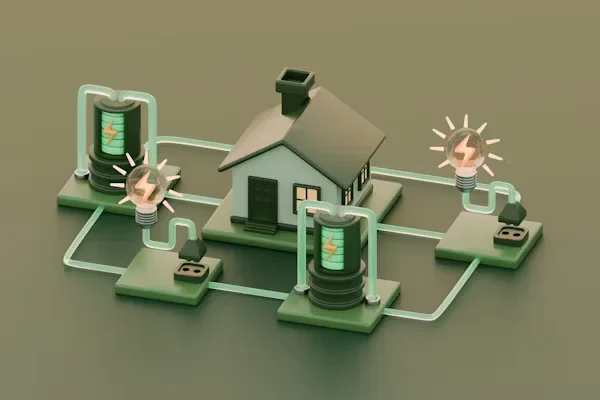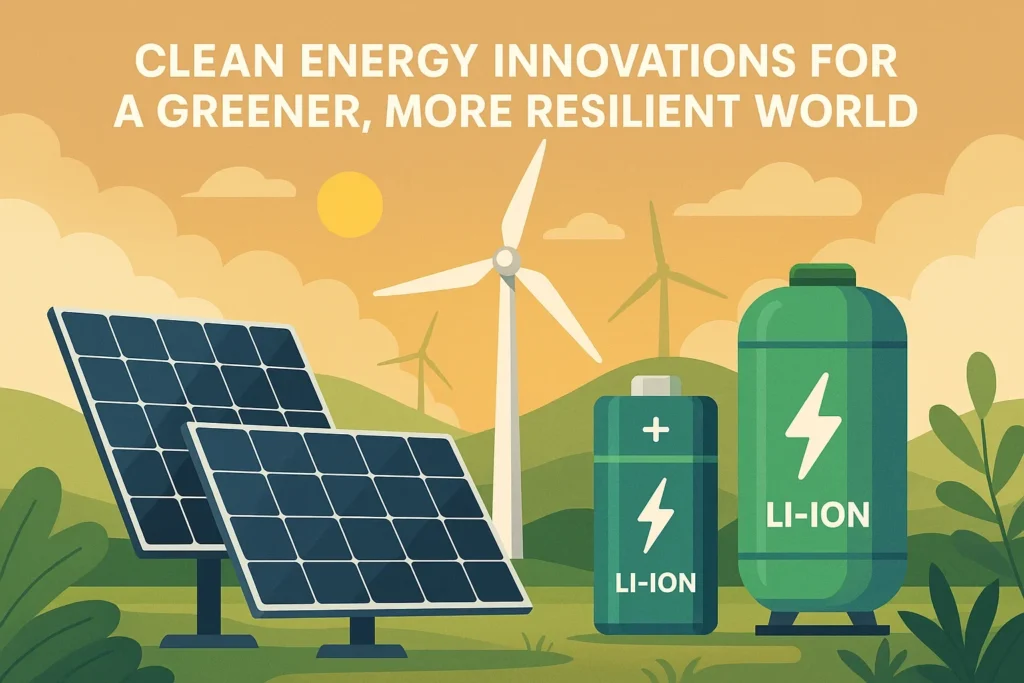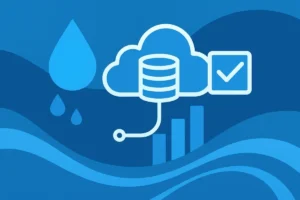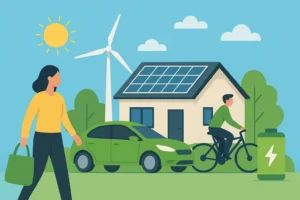Disclaimer: This article is for informational purposes only and should not be considered professional or policy advice. Readers should consult experts or official sources before making decisions based on the content.
Power outages and energy disruptions have a direct impact on nearly every aspect of modern life, from emergency medical care to food distribution and digital communications. As populations grow and weather patterns become more unpredictable, the frequency and severity of grid failures increase. According to insights from the U.S. Department of Energy, robust energy infrastructure goes far beyond comfort or convenience; it’s fundamental for ensuring safety, supporting economic activities, and providing critical services during disasters.
Even short-term interruptions can cause significant ripple effects, particularly for vulnerable populations, underscoring the urgency for more intelligent and secure energy systems. Thought leaders such as KR Sridhar have drawn attention to the strategic need for energy resilience, advocating for a future where communities and organizations are less vulnerable to traditional grid weaknesses. The call for investment in cleaner, adaptive energy networks is not just theoretical; it directly responds to real-world threats from extreme weather, cyberattacks, and aging power lines. As energy challenges evolve, it’s clear that resilience isn’t a luxury but a necessity for societies aiming to thrive amidst uncertainty.
Innovations in Clean Energy Technologies

Technological innovation is rapidly transforming the landscape of clean energy, bringing solutions once considered futuristic into everyday reality. Among the most significant advances are increases in solar panel efficiency, which now offer more power for less surface area, making rooftop solar accessible in densely built environments. At the same time, battery technologies have evolved; lithium-ion and even newer chemistries allow more energy to be stored at a lower total cost. This means renewable sources can provide electricity even when sunshine or wind is lacking. Innovative grid technologies also play a crucial role in integrating these renewable sources into national and local grids.
These systems utilize predictive analytics and automation to balance electricity supply and demand in real-time, minimizing waste and preventing power outages. Other promising developments include the emergence of carbon-free hydrogen as a clean fuel for sectors traditionally hard to decarbonize, such as heavy industry and shipping. Progress in advanced battery storage and green hydrogen is poised to dramatically expand the range of Eco-friendly energy applications, offering new hope for a zero-emissions future.
- Advanced Battery Storage: By enabling electricity generated during peak renewable supply to be used as needed, battery storage solutions help mitigate the variability of solar and wind power. This enhances stability and enables a greater penetration of renewables into the grid.
- Smart Inverters: These intelligent devices regulate power flow, ensuring even small-scale solar installations can improve grid reliability and efficiency.
- Carbon-Free Hydrogen: As a flexible energy carrier, hydrogen produced using renewable electricity can decarbonize sectors where batteries are impractical, thereby expanding the reach of green energy.
Microgrids and Localized Power
Microgrids are redefining how communities and organizations approach power reliability and self-sufficiency. Unlike traditional large-scale grids, microgrids connect various local energy resources, such as rooftop solar, wind, and energy storage, in a way that allows them to seamlessly disconnect and operate independently during outages: this adaptive approach shields neighborhoods, campuses, and mission-critical facilities from broader grid failures.
| Key points | Traditional Grid | Microgrid |
|---|---|---|
| Source | Fossil fuels | Solar, wind, and hydrogen |
| Reliability | Prone to large outages | Operates during blackouts |
| Control | Centralized | Local, community-managed |
| Emissions | High | Low to zero |
| Scalability | Costly to expand | Easy to scale locally |
Microgrids’ flexibility enables them to serve a diverse range of needs. While hospitals and data centers benefit from uninterrupted operations and the protection of sensitive equipment, residential areas gain assurance that essential services, such as refrigeration, lighting, and digital connectivity, remain functional even during power outages. Microgrids can provide reliable power for remote or rural communities where connecting to a distant central grid is unfeasible. Their ability to coordinate and optimize a mix of energy sources also helps lower emissions and bolster sustainability goals, enhancing quality of life.
Scaling Renewables Globally

Around the world, countries are accelerating the shift toward renewable energy to meet climate and resilience objectives. The International Energy Agency reports that new energy installations, led by solar and wind, surged by almost 50% in 2023, marking the sharpest increase ever. These statistics reflect both government action and consumer and business demand for affordable, clean, and reliable power sources. Lower costs have democratized access to renewable energy.
Distributed solar projects and community wind initiatives now support villages, islands, and cities, enabling regions historically dependent on fossil fuels to diversify their energy mix. Rural and off-grid communities, for example, utilize solar microgrids to power schools, clinics, and refrigeration systems, thereby promoting economic growth and enhancing living standards. Green energy’s rapid scaling brings skilled jobs, innovation, and cleaner air for millions.
The Role of Policy and Community

Meaningful progress in green energy requires both top-down policy action and bottom-up community leadership. Well-crafted laws ranging from building code updates to incentives for distributed energy speed up technology adoption and ensure inclusive benefits for people of all backgrounds. Incentives help bridge the gap between early adopters and those who might otherwise be left out of the renewable energy revolution.
Grassroots engagement is just as critical. When communities participate in planning solar installation or neighborhood microgrids, they help shape solutions that reflect local aspirations and needs. Outreach, education, and public input provide transparency, build trust, and maximize the positive impacts of clean power. This shared effort plants the seeds for a society where everyone has a stake in the success of Eco-friendly energy.
Future Trends in Clean Energy
Looking ahead, the green energy sector is poised for further growth, fueled by ongoing breakthroughs in research and a global appetite for resilience. Artificial intelligence and machine learning are optimizing everything from grid management to household energy consumption, making systems more innovative and more responsive. The advent of affordable, clean hydrogen is opening new frontiers for heavy industry and long-haul transport.
The next generation of renewable energy is likely to be more interactive and user-driven, with homeowners, businesses, and municipal governments collaborating to build robust, adaptable networks. As technology, policy, and community efforts converge, a world powered by dependable, Eco-friendly energy is fast becoming an everyday reality, ensuring a safer, greener planet and a brighter economic and social future for everyone.











